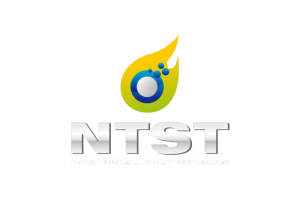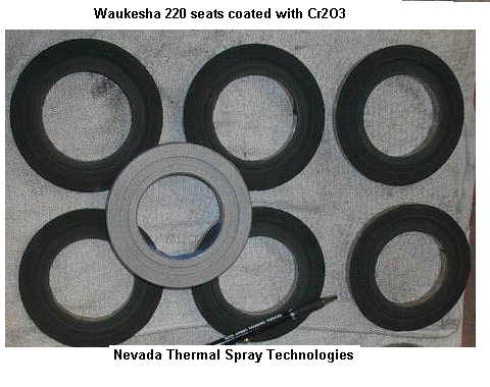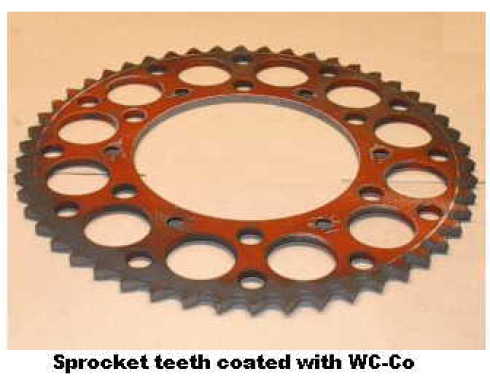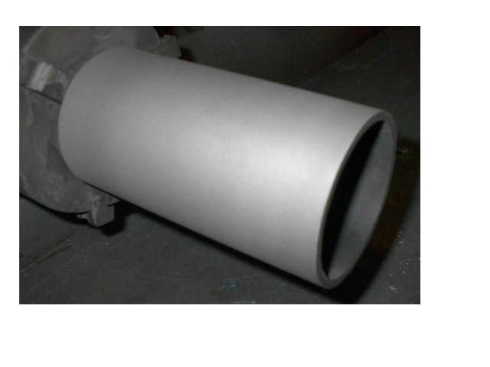
Latest NTST News:
New Hi-Tech Coatings:
Aluminum Nitride (AlN)
Boron Carbide (B4C)
Cubic Boron Nitride (c-BN)
Hex Boron Nitride (h-BN)
Chromium Nitride (CrN)
Fire Prevention
Porcelain
Silicon Carbide (SiC)
Silicon Nitride (Si3N4)
Tantalum Nitride (TaN)
Thermal Protection Systems Titanium Diboride (TiB2)
Titanium Nitride (TiN)
Zirconium Nitride (ZrN)
Download product bulletins at the "DOWNLOADABLE BROCHURES" section to the right >>>>>>
Download the "New NTST Coatings" Brochure for a short description of our newest products.
Need more technical information?
Click on the PRODUCTS tab above
Contact Information
call:
702-449-2154 Dominic
702-978-0151 Ron Kostick
email:
dominic@nevadathermalspray.com
or click for:
Nevada Thermal Spray Tech.
4842 Judson Avenue, Suite 115
Las Vegas, NV 89115
Thermal spray coatings are
used in over 50 industries
NTST Thermal Spray Wear Coatings: chromium oxide (Cr2O3), aluminum oxide (Al2O3), tungsten carbide (WC-Co), boron carbide (B4C), titanium diboride (TiB2), silicon carbide (SiC)
Wear coatings of metal carbide and metal oxide compositions represent an important category for producing hard, wear resistant coatings using the air plasma spray (APS) process. These coatings can mitigate many types of wear mechanisms such as fretting, abrasive conditions, and erosive conditions. These coatings are very technique sensitive as compared to other coatings, and fabrication of high quality coatings requires close attention to the wear mechanism and the APS conditions. NTST has extensive experience in producing wear coatings for both the aircraft (i.e. WC-Co) and food processing industries (i.e. Cr2O3).
SiC and B4C are materials that can be utilized for wear applications in many industries. Click on the B4C and SiC tab to the left for more information.
NTST Cr2O3 coatings are recommended for resistance to wear by abrasive grains, hard surfaces, particle erosion, and cavitation at temperatures below 1000 F (540 C). These coatings also have excellent self-mating and anti-galling properties. These coatings are extensively used in the food processing industry to provide excellent wear and corrosion resistance. Chrome oxide coatings are used on stainless steel parts for pump seals (e.g. Figure1), homogenizer plungers, pump shafts, pump sleeves, and pump impellers.
NTST Cr2O3 coatings have been characterized to possess macrohardness (HR15T) of 97, microhardness (HV300) of 1314, porosity of 2%, and as-sprayed roughness of 240 microinches.
Figure 1. Pump seals coated with Cr2O3
NTST Al2O3 coatings are dense coatings which resist wear by fibers and threads, and erosion at high temperature. Alumina coatings are also useful as thermal barriers; and, when sealed, are used for electrical resistance in high temperature applications. These coatings have been used as abrasive coatings in machine element clearance control applications in temperatures up to 3000 F (1650 C) in jet engines. NTST alumina coatings have been characterized to possess macrohardness (Rc) of 60, microhardness (HV300) of 700, porosity of <2%, and as-sprayed roughness of 250 microinches.
NTST tungsten carbide-cobalt coatings resist wear by abrasive grains, hard surfaces, particle erosion, and fretting. These coatings were developed to produce thin coatings which are hard, dense, smooth, and capable of accepting a high finish which requires little grinding. WC-Co coatings have found widespread use for hardfacing and wear in the automotive, transportation, aerospace, and aircraft industries because of their toughness and shock resistance at high temperatures. NTST has developed coatings for USAF aircraft engine augmentor components. This includes convergent nozzle seals, convergent seal liners, and convergent and divergent nozzle segments. NTST WC-Co coatings have been characterized to possess macrohardness (Rc) of 60, microhardness (DPH300) of 850, bond strength of 8000 psi, and porosity of 0.6%. Figure 2 and 3 illustrate WC-Co coatings.
Figure 2. Sprocket application using WC-Co
Figure 3. Shaft coated with 15 mils WC-Co





